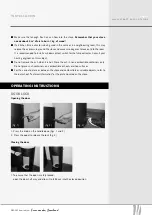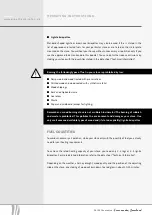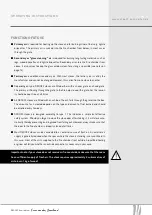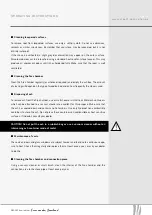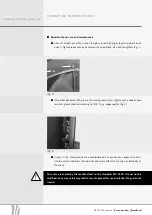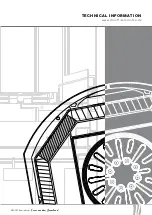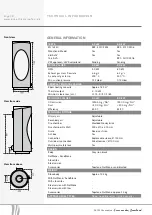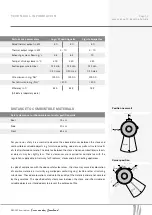
DROOFF Kaminöfen —
Feuer aus dem Sauerland
OPERATING INSTRUCTIONS
Page 9
w w w . d r o o f f - k a m i n o f e n . d e
The calorific values of different wood types is shown in the following table:
hard wood
kWh per kg
Soft wood
kWh per kg
Birch
4.30
Spruce
4.50
Beech
4.00
Pine
4.40
Oak
4.20
Fir
4.50
Soft wood burns faster than hard wood and achieves higher temperatures. This is due mainly
to the high resin content. However, for heating purposes, the slower and more lasting develop-
ment of heat is generally desired. The suitability of a certain type of wood therefore depends on
the user‘s purpose. Harder woods burn more slowly and supply energy over longer periods of
time. This may be useful for overnight heating. On the other hand, the more rapid combustion
and faster energy emission of soft wood may be more suitable for heating cold rooms more
quickly.
n
Preparation and storage
Wood needs time to dry. When stored correctly, wood has a residual moisture content of 19%
after between 1.5 and 2.5 years. It is then "air dry" or seasoned.
Useful tips:
n
Saw and split the wood before stacking it. This helps it to dry more quickly.
n
Stack your firewood in a sunny well ventilated place where it is sheltered from rain.
n
Leave a gap between the stacks to allow the air to circulate and remove moisture.
n
Do not cover the wood with plastic sheeting. This prevents moisture evaporating.
n
Do not stack fresh wood in basement rooms. The low air circulation will cause it to rot
rather than dry.
n
Keep some wood close to the stove to warm it up to room temperature.







